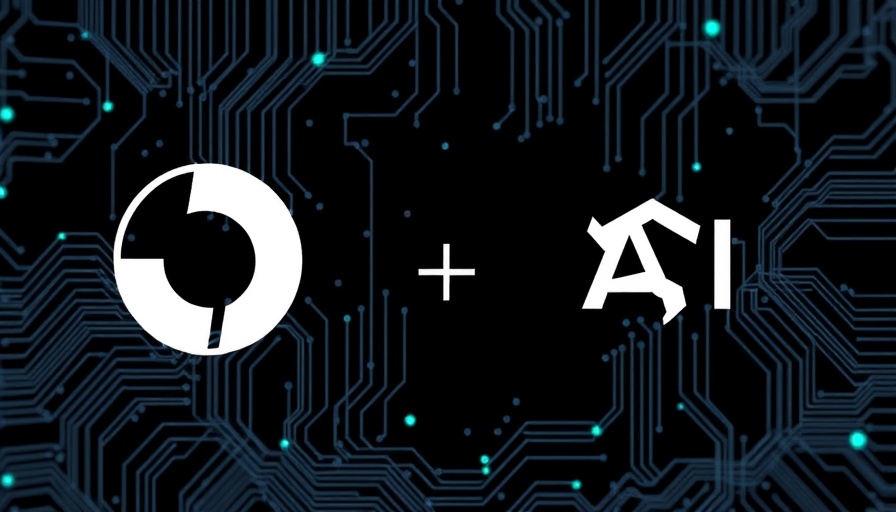
What Does OpenAI's Acquisition of Statsig Mean for the Future of AI?
On September 2, 2025, OpenAI made headlines by acquiring Statsig for an impressive $1.1 billion. This deal underscores a significant evolution in how companies are leveraging technology for product development and consumer engagement. But why is this acquisition particularly important, and what can it mean for the future landscape of artificial intelligence applications?
Statsig’s Role in OpenAI's Growth Strategy
Statsig, a platform known for its robust A/B testing and real-time decision-making services, has been a crucial player in OpenAI's internal operations. The platform enables tech companies to experiment with features before a full-scale rollout, thus reducing risks associated with new product launches. Now, with Statsig's founder, Vijaye Raji, stepping into the role of Chief Technology Officer of Applications at OpenAI, the synergy seems poised to enhance the capabilities of AI-driven products like ChatGPT and Codex.
By integrating Statsig's systems into OpenAI, Raji will not only oversee product engineering but will also focus on improving core systems and infrastructure related to AI applications. This integration is expected to open new avenues for innovation and efficiency, ensuring that products are continually refined based on real user feedback and data.
A Deeper Insight into Industry Trends
As companies continue to invest heavily in artificial intelligence, this acquisition signals a trend toward incorporating more data-driven methodologies in product development. It reflects an increasing reliance on advanced experimentation tools that allow businesses to respond agilely to user preferences, thereby boosting overall customer satisfaction.
Investors and industry observers might see this as an endorsement of data-centric development approaches. Platforms that enhance user engagement and streamline feature testing will likely be of particular interest moving forward, which can include similar investments in startup ecosystems focused on optimization technologies.
The Broader Implications for Investors
For the average investor, this acquisition could signify a burgeoning market for technology stocks tied to improvements in AI usability and performance. Companies that harness tools similar to Statsig might become attractive investment opportunities in the landscape of growth stocks.
In terms of portfolio diversification, focusing on technology sectors that support artificial intelligence innovations could be beneficial. Additionally, as OpenAI’s applications enhance across various sectors—be it healthcare, finance, or consumer goods—there's potential for a ripple effect, impacting investment strategies around ETFs, mutual funds, and index funds that track tech sector performance.
Teasing Out Challenges and Considerations
While the future looks promising with advancements like those offered by Statsig, there are inherent risks and challenges associated with AI integration. Chief among them is the ethical landscape surrounding AI decisions and implementations. As platforms become more autonomous, concerns about data privacy, algorithmic biases, and the potential for misuse continue to grow.
Therefore, investors must couple their excitement for technology with a healthy dose of risk management. Evaluating a company’s ethical stance, technological resilience, and adaptability to market changes will be crucial in these investment choices.
Conclusion: What’s Next for AI and Investment?
OpenAI's major acquisition not only highlights their ambition to lead in artificial intelligence but also presents a unique investment landscape characterized by innovation and ethical considerations. Understanding how these trends evolve and taking informed actions will differentiate astute investors from those who miss out on emerging opportunities.
 Add Row
Add Row  Add
Add 



Write A Comment